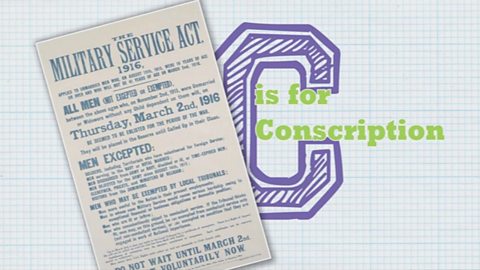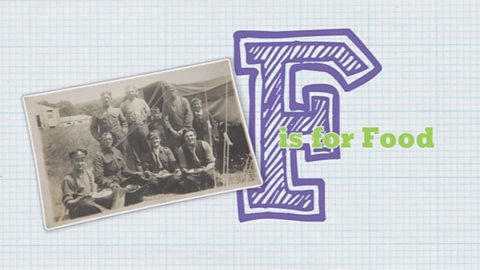Video summary
School pupils examine diaries written during the war years and discuss what we can learn from them.
The value of first-hand accounts and primary source materials is illustrated.
A dramatic monologue introduces Kathleen Jane Morgan, 22 years old, who reads the final entry from her husbandβs diary, kept while he was at the front.
This clip is from the series WW1 A to Z.
Teacher Notes
Pupils could freeze the frame to view details of one of the diary entries shown.
What can they discover about the life of the man who wrote the diary?
The children could go to search online and in printed texts for diary entries from the war years.
The website of the National Archives has examples of war diaries on open access.
Pupils could compile a collection of telling phrases to form a wall display about first-hand reactions to the war.
They could respond to the question, βWhat can first-hand accounts tell us that history books and websites cannot?β
This short film is suitable for teaching history at Key Stage 2 / Second Level or above.
C is for Conscription. video
Newsreel and dramatic footage describe how Britain introduced conscription - compulsory army recruitment - in 1916.

E is for Empire. video
Newsreel and commentary explain how the British Empire helped in WW1. An Indian soldier describes his brave actions in battle in a monologue based on a true story.

F is for Food. video
Newsreel, commentary and a monologue from an army chef in his field kitchen illustrate what soldiers in the WW1 trenches were given to eat.
